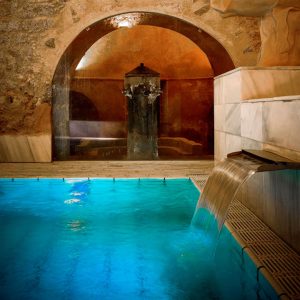A brief history of Granadilla
Portada » A brief history of Granadilla
Granadilla is a fortified town with a radial street layout, where streets fan out from the main square. The town is surrounded by a 924-meter-long defensive wall. The most vulnerable part is defended by the bastion, which controls the northeast entrance to the town, as opposed to the Coria entrance to the southwest. The entire town lies within the walls, including the vegetable gardens between the walkway around the wall and the backs of the houses.
Granadilla is a medieval village founded by the Muslims around the ninth century as a military and defensive outpost. After several centuries of Arab domination it was conquered by King Ferdinand II of Leon, who ordered the construction of the wall and granted it the title of villa in 1170. This designation implied that the villa now had control over a vast territory encompassing more than 55 settlements across 900 square kilometres.
It passed from owner to owner. In 1282, King Alfonso X gifted Granadilla to his son, Prince Don Pedro. It later belonged to Alfonso XI, then to Prince Don Sancho, his daughter Doña Leonor – Queen of Aragon through her marriage to Ferdinand of Antequera – and finally to her son, Prince Don Enrique, Master of the Order of Santiago.
In the middle of the 15th century, Juan II ceded it to Fernán Álvarez de Toledo, the first Count of Alba. Granadilla belonged to the House of Alba for over four centuries. However, the turbulent 19th century saw the rise of the liberal bourgeois revolution which led to the abolition of feudal estates, land confiscations, and ultimately the dissolution of the Old Regime. It still belonged to the House of Alba on 22 April 1893, when the castle was sold to a private individual. Subsequently, with the loss of the magistrate’s court to Hervás, Granadilla began to decline. It eventually came under state ownership when its lands were expropriated and the townspeople were forced to relocate due to the construction of the Gabriel y Galán Reservoir in 1955.
During this process, the administration failed to rise to the occasion. Some expropriated properties were appraised at only a third of their real value. Compensation payments were slow and insufficient, and in some cases they were never even made. Meanwhile, residents were required to pay rent to the Tagus River Basin Authority to continue farming their own lands that had yet to be flooded. To make matters worse, livestock could no longer graze because the expropriated but as yet unflooded areas were reforested with non-native species like pine and eucalyptus. To add insult to injury, Andalusian workers were hired for this reforestation instead of the displaced locals.
Granadilla was declared an Asset of Cultural Interest in the Historic Site category in 1980. In 1984 it was included in the programme for the “Recovery and Educational Use of Abandoned Villages”. Schoolchildren from all over Spain were invited to visit Granadilla during their holidays to learn about its history as part of an effort to offer interesting educational programmes.
SEBASTIÁN CABALLERO GONZÁLEZ
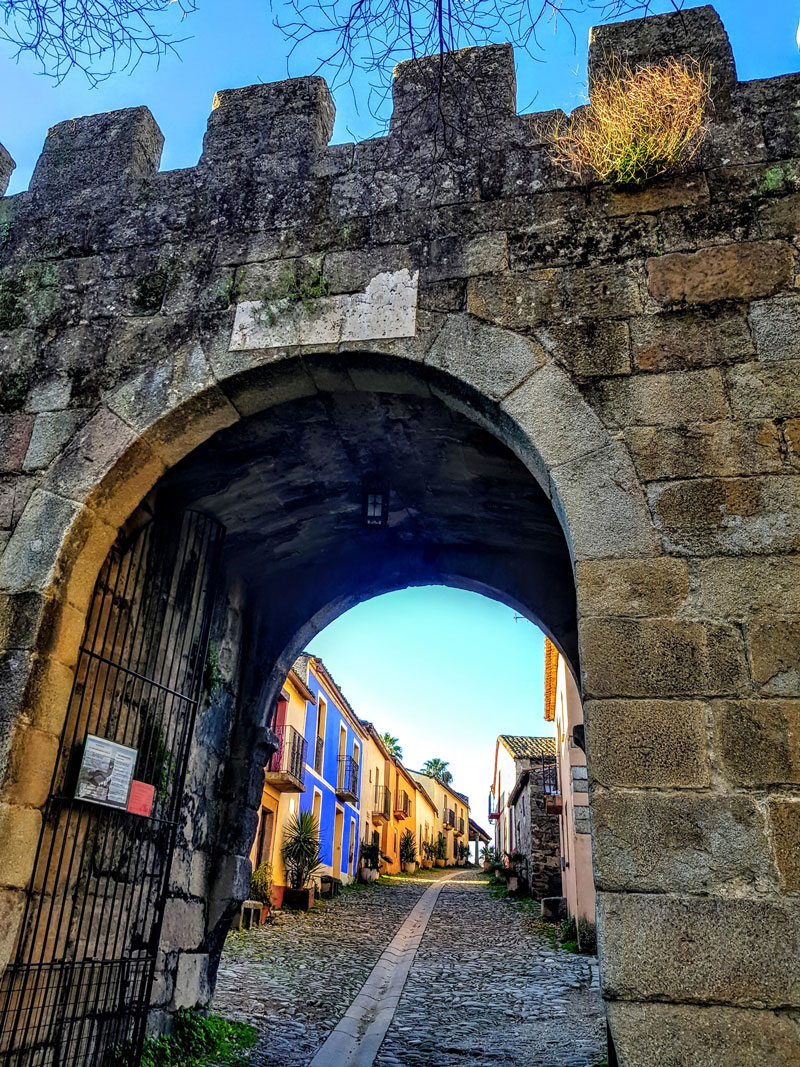
Visit more posts of the Blog
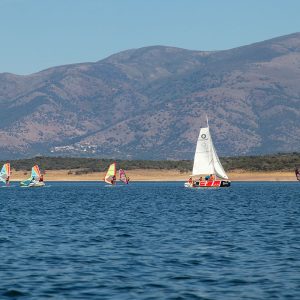
How to Navigate the Reservoirs of Cáceres
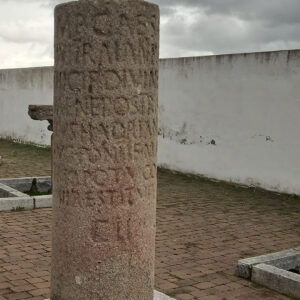
The Vía de la Plata Roman Road through the Caparra Mountains
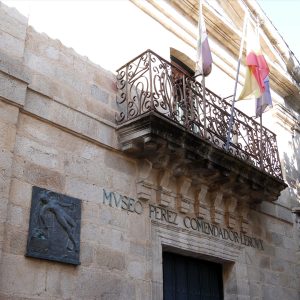
Perez Comendador-Leroux Museum
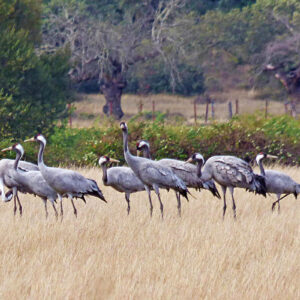
Diverse Birdlife in Ambroz-Cáparra

The Vía de la Plata Roman Road through Ambroz-Cáparra
